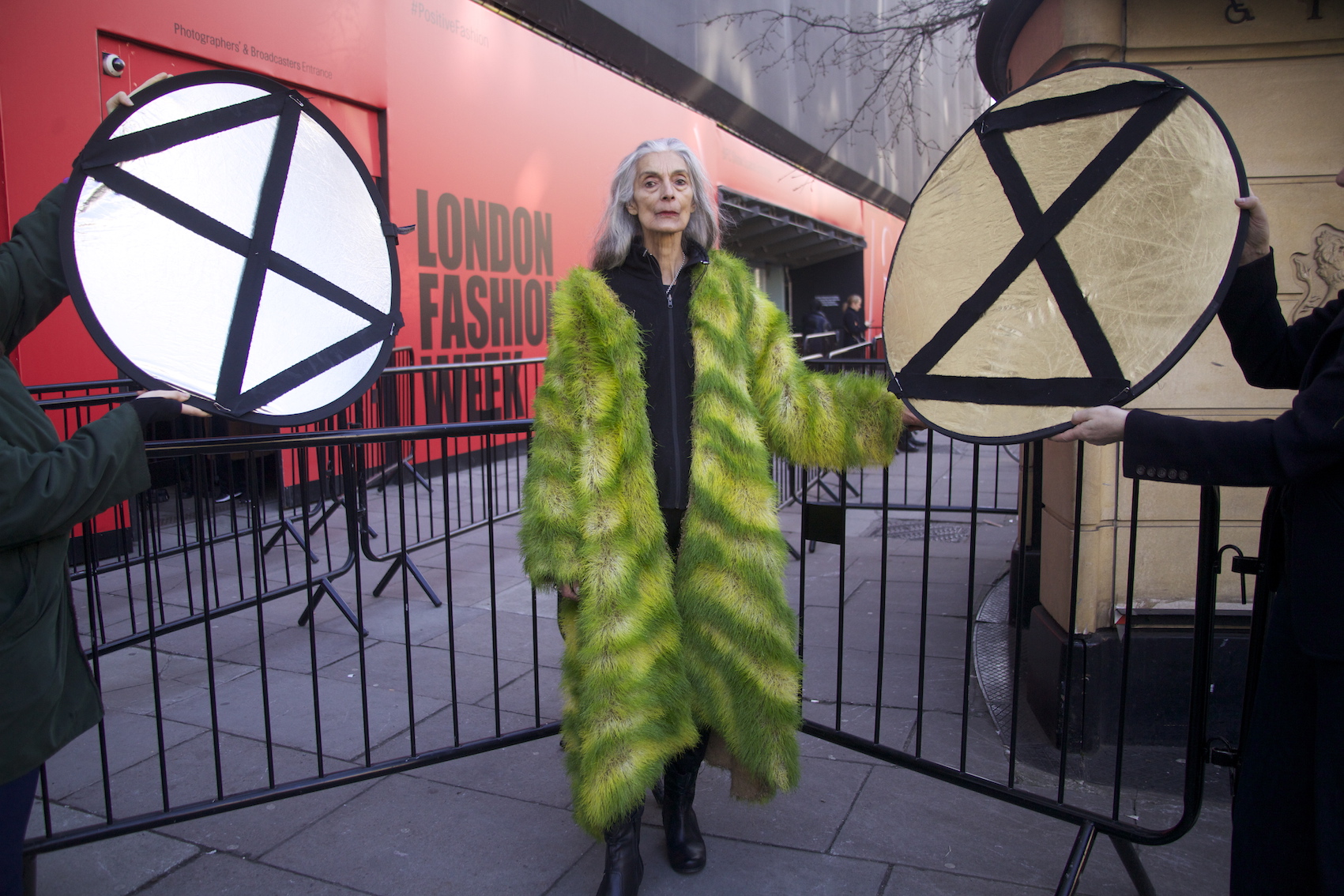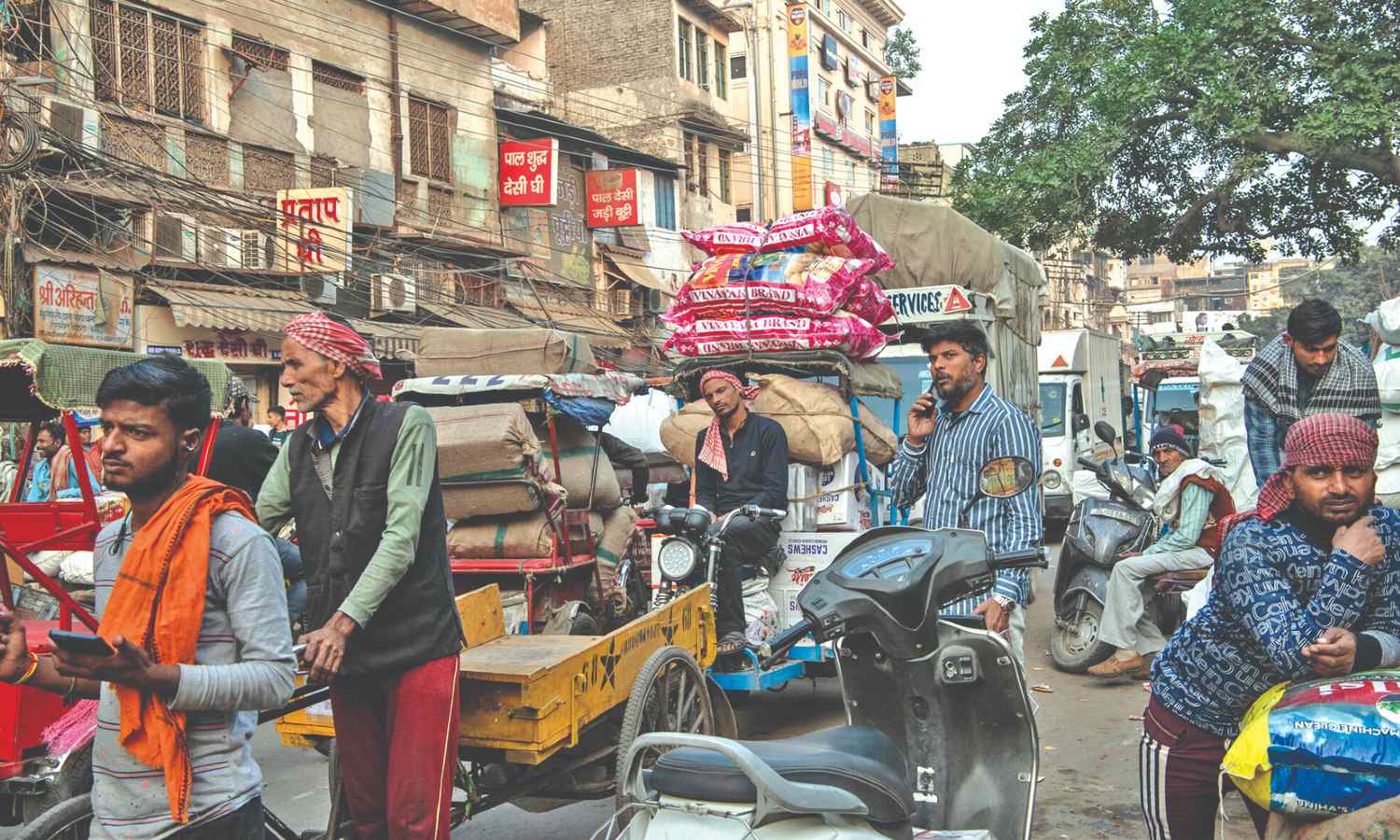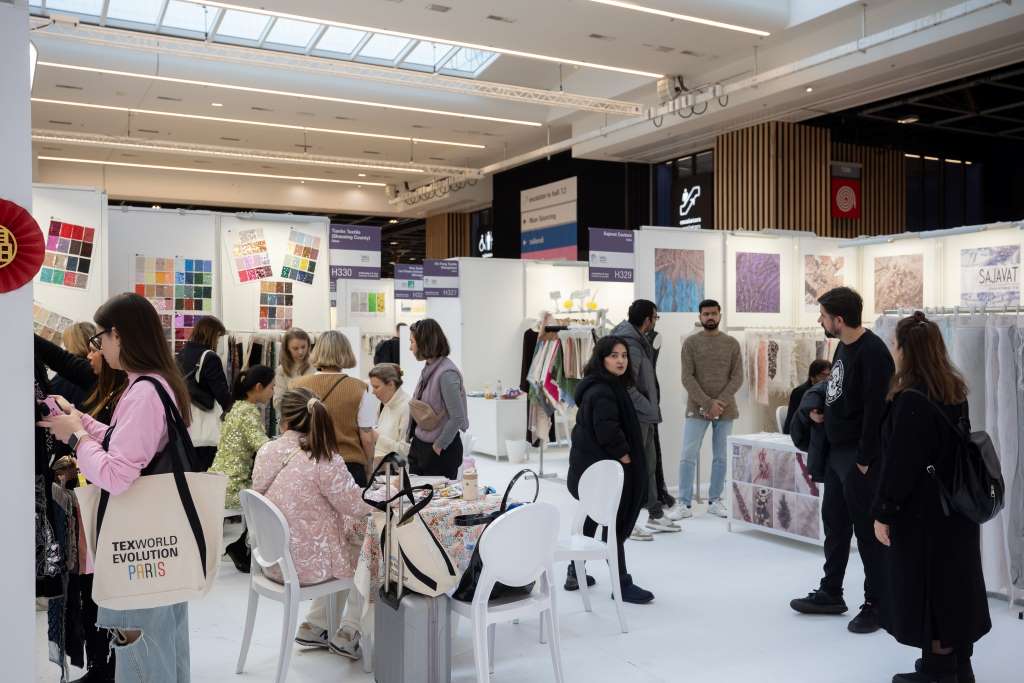FW
Cotton is not a strategic crop for Tajikistan any more. However, if there is a demand, the country is ready to grow fine fiber cotton for the global defense industry for the production of parachutes.
One reason why cotton is not a profitable crop for Tajikistan any more is the fall in international cotton prices. Prices for medium-staple cotton fiber averaged a $5,200 per tonne in 2011, falling to between $1,700 and $1,800 last year. Another reason is poor demand from domestic farmers. The demand right now is not sufficient to justify a certain volume of production.
In 2013, Tajikistan reportedly produced 3,92,000 tons of raw cotton, which was 96.4 per cent of the national cotton target. Last year, 1,91,33 hectares were allotted to cotton cultivation, which was 4 per cent or 8,133 hectares fewer than in 2012. Tajikistan exported 114,400 tons of cotton fiber worth $189.2 million, or 16.3 per cent of all its exports, last year.
Tajikistan, which borders China and Afghanistan, used to produce up to one million tons of raw cotton annually in the Soviet era. Aluminum and cotton remains major exports for Tajikistan.
Xiaodong (Chris) Li, recently appointed Rolls-Royce Commonwealth Professor at the University of Virginia’s School of Engineering and Applied Science has been working on various innovations in the apparel industry. In 2010, Li made The New York Times’ ‘Year in Ideas’ list for developing a process to make an armored T-shirt. He dipped an off-the-shelf shirt in a boron-nickel solution and heated it to 1,160 degrees Celsius. The result: a boron-carbide nanowire and carbon-microfiber shirt that retains the stretchability of cotton. The shirt, which turns a basic black in the process, provides excellent protection against harmful UV rays and radiation.
Two years later, Li took another T-shirt and turned it into a wearable capacitor, a device capable of storing an electrical charge. He soaked the T-shirt in fluoride, baked it at high temperatures in the absence of oxygen and turned the cellulose in the cotton into activated carbon. He dedicated small swatches of the fabric to serve as electrodes and coated the fibers with nanostructured manganese oxide, producing a stable, high-performing supercapacitor
Li’s key insight was that he saw the cotton T-shirt material as both template and carbon source. Previous attempts to create armored fabric without this template were undermined by the tendency of the boron-carbide nanowires to bunch up. Li looks to nature as well as to everyday objects for inspiration. He wants to apply the knowledge he gains from nature and combine it with the techniques of nanotechnology to produce better products more efficiently.
www.mae.virginia.edu
IAF has been granted an EU funded project for capacity building in Bangladesh’s textile and apparel industry. IAF will do it along with its two association members BKMEA (The Bangladesh Knitwear Manufacturers and Exporters Association) and HCIA (The Hellenic Clothing Industry Association). The project is aimed at capacity building, network extension and knowledge transfer.
As a result this project BKMEA and HCIA will be able to offer better service to the companies who are their members through more international contacts, more knowledge and more insights. The project will include training sessions in Bangladesh and several networking trips to Europe and Bangladesh.
The apparel industry plays a big role in the industrial development of many countries creating millions of jobs worldwide. Where big improvements in production infrastructure can still be made, big productivity gains and big improvements in working conditions can be combined. Therefore, IAF is pleased to contribute to the industrial development of Bangladesh.
Reeling under pressure from international firms Bangladesh apparel manufacturers had put forth a minimum wage for garment workers. But almost 40 per cent of factories have still not revised their wages.
Bangladesh’s 20 billion dollar garment industry is the world’s second largest. And garments form four-fifths of the country’s exports. Garment shipments grew an impressive 20 per cent in the six months to December compared to the same period last year.
However, factories haven’t implemented the wage structure due to drop in export orders. Western retailers have cancelled or diverted orders. An appreciating local currency is also adding to the problems being faced by exporters. As a result costs of Made in Bangladesh products have gone up overseas, while the country's garment-making rivals like India have benefited from falling currencies. It is well known that for years, extremely low wages had helped Bangladesh’s apparel makers bag export orders.
Even with the wage hike, Bangladesh garment workers are among the lowest paid in the world. Protests over poor wages, benefits and working conditions are very frequent in the country. It gained intensity after the collapse of the Rana Plaza factory complex in April last year, which killed 1,135 people.
The minimum wage agreement came into force in December 2013. The new wage structure includes allowances for food, rent, transport and medical care. Workers’ basic salaries were increased by 5 per cent a year.
Leading yarns, knitwear and knitted fabrics trade fair Spinexpo aims to bring to Shanghai the most complete international offer in the field of creative yarns and fibres. It has invited visitors to be at the Shanghai World Expo Convention & Exhibition Centre from March 11 to 13, 2014 to explore the same.
The fair has become a platform for ready-to-wear brand manufacturers with collections of flat-bed and circular knits, wovens, hosiery and new warp seamless knits will feature fibres and yarns for knitwear, weaving and hosiery, as well as knitwear collections from the leading international knitwear manufacturers. In addition to this, at the 23rd session in Shanghai this March, an array of new display areas with a dynamic approach have been planned.
The main trend area reflects Spinexpo’s expression of what it feels is the best representation of colour, trends and fabric directions of the season, and how intelligent machinery and textile technology can help invent better products. The fair recognises that knitting machinery manufacturers are important in order to get results and seamless wear machine manufacturer Santoni, Italy and flat knitting machine manufacturer Shima Seiki, Japan are therefore are part of the knitting area.
‘What’s in @ Spinexpo’ is a specific trend area highlighting seasonal and non-seasonal fibres and yarns, as well as the hand-knitting, industrial knitting, and circular knitting sectors. Continuing with the eight tonal colour palettes as per previous seasons, young stylists under the guidance of Sophie Steller will interpret yarns from exhibiting companies and offer visitors a new approach, mixing their creations with swatches from spinners. There are other such special sections dedicated to brings out the best of each exhibiting product range.
Intertek, a leading provider of quality and safety services to a wide range of industries around the world, has opened a new apparel and textiles testing laboratory in Hanoi to support the growing textile and garment industry in the northern Vietnam. The new facility occupies more than 6,000 sq. ft. and is fully equipped with state-of-the-art equipment combined with highly qualified engineers and chemists to provide reliable quality and safety solutions. The new lab performs textile testing for dimensional stability, colour fastness and seam strength, among others. The lab also supports full testing capabilities to US Consumer Product Safety Improvement Act (CPSIA) requirements and restricted substances regulations.
Thanh Nam Nguyen, General Manager for Softlines, Hardlines and Toys business lines, said, “The addition of the Hanoi facility aligns with Intertek’s continuous effort to provide a local presence for our customers, wherever their business operations are located. This provides a distinct competitive advantage in an industry where getting safe and high-quality products to market is imperative for success.”
The Hanoi apparel testing laboratory is the most recent addition to Intertek’s global network of 45 textile and footwear laboratories that serve fabric, apparel, fashion accessory, home textile and footwear retailers, brands and manufacturers. In addition to testing, Intertek offers the following services for textile, footwear and apparel customers: chemical management, inspections, certification, auditing, safety and compliance training, outsourcing and advisory, quality assurance and risk management.
Recent media reports suggest, Bangladesh manufacturers have decided to appeal to the Indian government to allow greater access to the market for readymade garments, while reducing barriers including stringent testing norms. Bangladesh Commerce Minister, Tofail Ahmed would be meeting Commerce & Industry Minister Anand Sharma to discuss the possibilities of boosting trade between the two countries.
Though India and Bangladesh compete with each-other in some export markets, players from Bangladesh are keen to supply garments to the Indian market as well taking advantage of the low prices offered by them compared to Indian counterparts. However, they are finding the tough testing norms imposed by the government as a strategy to keep readymade garments from Bangladesh at bay.
Bangladesh is also taking initiatives to open trade offices in Siliguri and Guwahati to expand trade in the seven Northeastern states of India. The new government in Bangladesh aims to expand its export destinations and has also invited Indian companies to take advantage of the opportunities. Indian entrepreneurs and Indian industrialists can set up their industries in Bangladesh.
Waterless dyeing technology has caught on in a big way in the textile industry. It aims to reduce the vast volumes of water used in textile and garment dyeing and replaces water with recyclable CO2, thereby reducing energy use and eliminating the need for added chemicals. Waterless dyeing process works by putting carbon dioxide under extreme pressure of 1,100 lb per sq. inch, turning it supercritical. This means it has the properties of both a liquid and a gas.
Once the carbon dioxide cools and returns to its gaseous state, 95 per cent of it can be recycled. The technology also produces up to 50 to 75 per cent less carbon dioxide emissions. No additional additives are required and clothes dry quicker. And, of course, no water is used in the process.
Adidas was the first brand to introduce DryDye in 2012. This is a radical innovation because it employs an entirely different medium (compressed carbon dioxide) to transfer color. This process has multiple benefits: not only does it transfer color into the material more efficiently than water (using 50 percent less chemicals and 50 percent less energy), it automatically results in the recycling of the carbon dioxide itself.
Bangladesh is the second largest exporter of denim after China and it hopes to make four or five denim items for the European market by 2020. The number of denim makers in Bangladesh may go up to 30 by the year-end as demand for denim wear is on the rise worldwide. Currently, Bangladesh produces 20 million yards of denim a month against a monthly demand for 40 million yards.
However, Bangladesh has problems of capacity expansion. Some entrepreneurs cannot set up new denim mills or expand their existing capacities due to the high bank interest rates and inadequate gas and power supplies. International buyers are shifting orders from other countries like China to Bangladesh for price competitiveness but domestic units can’t cope with the high volume of orders. Even units producing nine lakh yards of the fabric a month are stretched to handle the orders from international retailers.
Faced with such potential, Bangladesh will hold its first denim exhibition, in March, at Dhaka. Bangladesh now exports jeans and other denim products worth at least 3.5 billion dollars a year to the US and EU markets. Fashion denims which use Lycra and spandex fibers are now being produced in the country and the industry is going for value-added dyeing and finishing in denims with laser applications, replacing the age-old sand blasting.
Rising labor costs has forced many Chinese, textile and garment manufacturers to shift their units to Vietnam. The average monthly salary of a filament weaving worker in China is as high as 4,000 yuan based on an eight-hour-a-day system, while that of a worker in Cambodia is only 600 yuan for working 12 hours every day.
Many young entrepreneurs are transferring their material manufacturing capacity to an industrial park in Vietnam. Vietnam’s textile and garment sector has seen fast and sustainable growth in the past few years. The country’s advantages are: the investment capital required is small; a quick payback period because of short capital turnover; lots of preferential policies from the state; and a large domestic consumption. There is a vast pool of young, skilled Vietnamese workers willing to work for low wages.
The Vietnam textile and garment industry is expected to grow 12 to 14 per cent a year, provide employment to 2.75 million people in 2015 and three million people in 2020 and with export revenues of $18 billion dollars in 2015 and $25 billion dollars in 2020.
On the other hand, China's manufacturing industry is less attractive to foreign investors because of the appreciation of the yuan.












